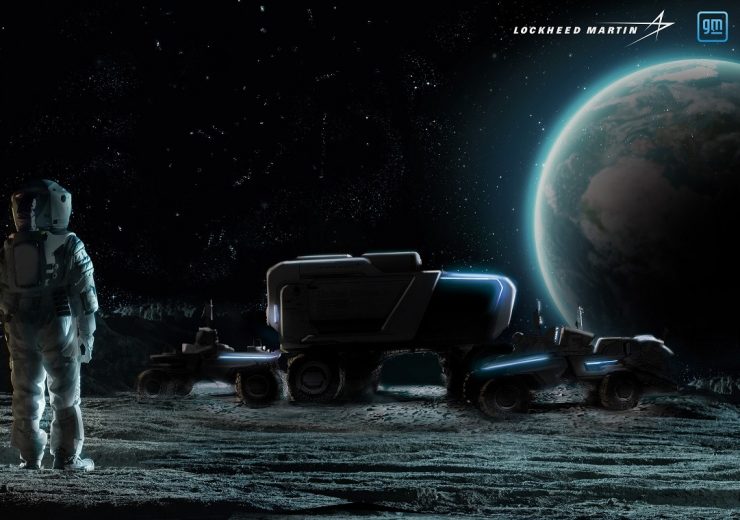To be developed for NASA's Artemis programme, the rover will help extend the exploration of the lunar surface

The new rovers are expected to facilitate the first excursions of the Moon's south pole. (Credit: Lockheed Martin; GM Defense)
Lockheed Martin has partnered with General Motors (GM) to develop an advanced lunar rover to transport the National Aeronautics and Space Administration (NASA) astronauts on the surface of the Moon.
The lunar vehicle will be developed for NASA’s Artemis programme, under which the space agency will send humans back to the Moon to extend the exploration of the lunar surface.
The Artemis programme involves the exploration and undertaking of scientific experiments on the Moon using a variety of rovers.
To acquire surface mobility vehicles required for the Artemis programme, NASA sought industry approaches to develop a Lunar Terrain Vehicle (LTV).
Utilising their engineering, performance, and technology capabilities, Lockheed Martin and GM will develop a lunar vehicle with innovative capabilities to support NASA’s mission.
The advanced lunar vehicles are expected to be designed to traverse significantly farther distances compared to the Apollo rovers that only travelled 7.6km from the landing site.
The new rovers are expected to facilitate the first excursions of the Moon’s south pole, where it is cold and dark with more rugged terrain.
Lockheed Martin Space executive vice president Rick Ambrose said: “This alliance brings together powerhouse innovation from both companies to make a transformative class of vehicles.
“Surface mobility is critical to enable and sustain long-term exploration of the lunar surface. These next-generation rovers will dramatically extend the range of astronauts as they perform high-priority science investigation on the Moon that will ultimately impact humanity’s understanding of our place in the solar system.”
The lunar rover development team will be led by Lockheed Martin, which will leverage its over 50-year-history working experience with NASA on deep-space human and robotic spacecraft.
Apart from providing battery-electric technologies and propulsion systems, GM will also use autonomous technology to support safe and efficient operations on the Moon.
GM has also worked with NASA for the entire Apollo Moon programme. It manufactured, tested and integrated the inertial guidance and navigation systems for the programme.
The company has also supported the development of the electric Apollo Lunar Roving Vehicle (LRV) that was used on Apollo’s 15-17 missions.


